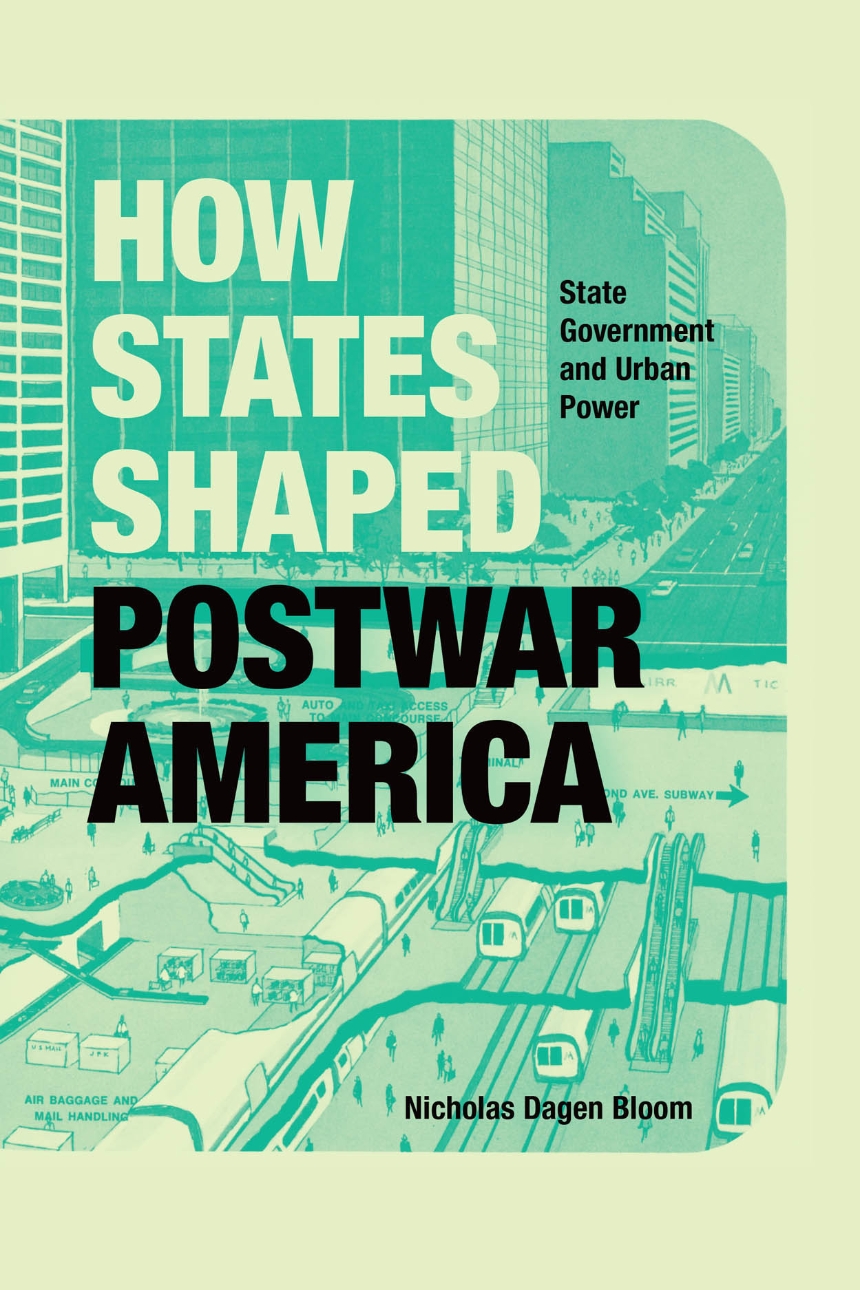How States Shaped Postwar America
State Government and Urban Power
How States Shaped Postwar America
State Government and Urban Power
392 pages | 47 halftones, 2 line drawings | 6 x 9 | © 2019
History: American History, Urban History
Political Science: American Government and Politics, Urban Politics
Reviews
Table of Contents
The Urban Challenge
1 Planning for Prosperity
2 Nelson Rockefeller: America’s Urbanist Governor
Urban Planning and Redevelopment
3 State Urban Redevelopment Policy
4 State Capital Office Complexes and Cities
5 The Challenge of Regional Planning
Transportation
6 White-Collar Rail: Mass Transit and Urban Prosperity
7 State Government and the Metropolitan Highway Network
Higher Education
8 The Metropolitan State University System
9 Unheralded Anchors: Center-City State Universities
Metropolitan Housing
10 Housing Finance Agencies Rethink Subsidized Housing
11 The Sad Tale of Decentralized Subsidized Housing
12 States and the Limits of Fair Housing Laws
13 The Urban Consequences of Deinstitutionalization
The Environment
14 Cities of Sludge: The Urban Water Crisis
15 Parks for City People
16 Regional Recreational Planning
Postscript
Acknowledgments
Notes
Index
